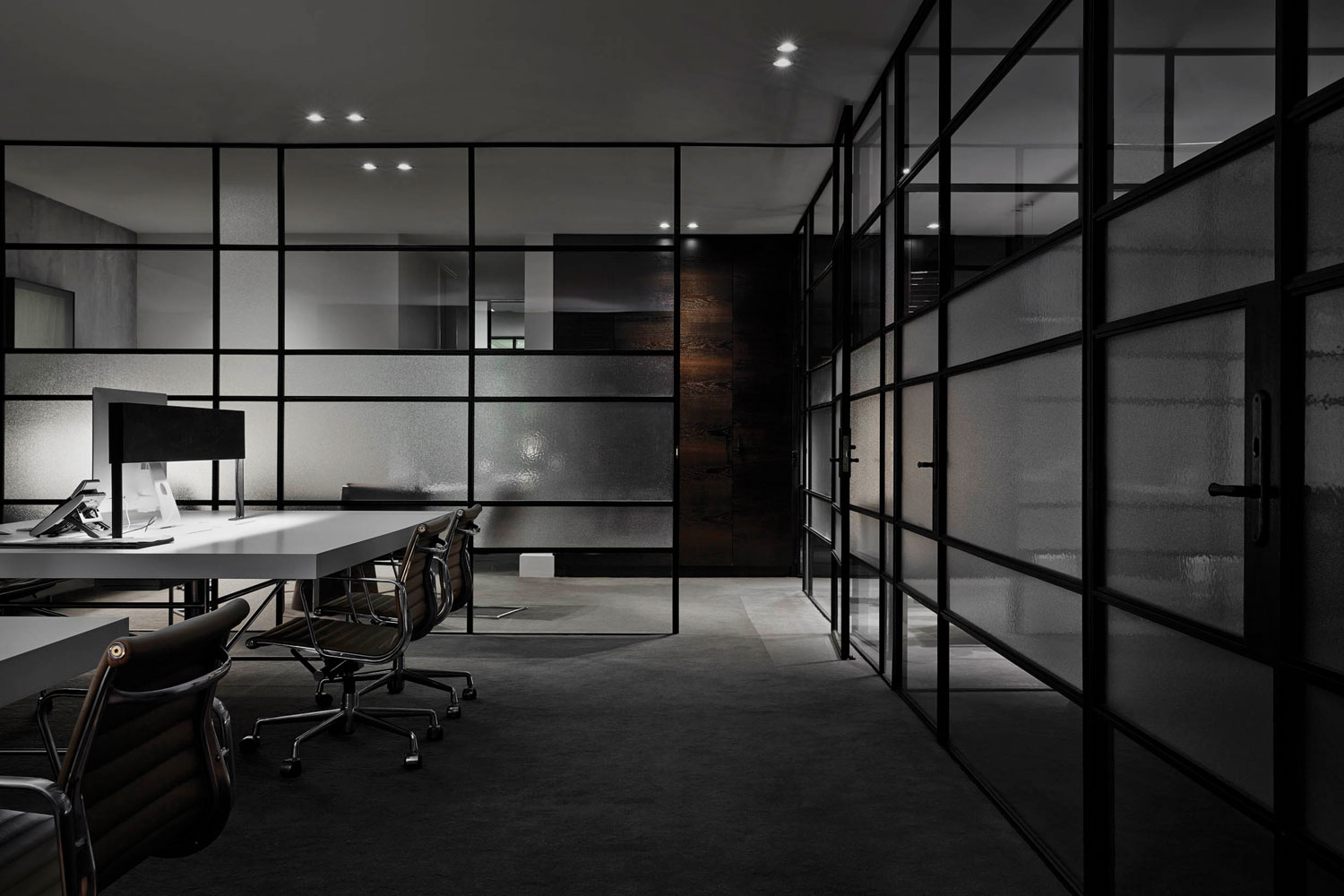Modern life, with its insistence on blending what was once separate, means work, study, and living have inevitably converged into a common space. As we navigate the future of work from the comfort of our homes, it has become essential to be in an environment that inspires, yet provides an enduring sense of restfulness.
One of the answers to the question of how we can ensure optimal performance in a space designed for comfortable living can be found in Human Centric Lighting. This is the art of manipulating artificial lighting to mimic natural daylight, to intentionally create lighting that is aligned with our circadian rhythm.
Living by the Clock
Our ‘inner clock’, as the circadian rhythm is also known, governs sleepiness and alertness in response to light changes in the environment. This is why we live in tune with nature’s rhythms. We wake when the sun rises and find our productivity peaking in the day. We wind down when the sun sets, when sleepiness sets in and we begin to seek rest. There’s no more jolting reminder of this than when our inner clocks are disrupted on those post-vacation tussles with jet-lag.
Spending more of our time in enclosed spaces means we are spending large swathes of our day consistently in artificial light. Many studies have shown that the lack of exposure to the rhythms of natural daylight can give rise to negative health and emotional outcomes – sleep disorders, hormonal imbalance, heart disease and diabetes, just to name a few. Adopting the use of Human Centric Lighting can be a powerful way of helping our body to live in tune with nature’s rhythms, and to improve our productivity levels and wellbeing.
Lighting by the Clock
Lighting experts and colour scientists have found that higher blue light content triggers higher alertness and concentration, while yellow light triggers the secretion of melatonin hormones that help us to relax and sleep well. A key feature of Human Centric Lighting design is the use of daylight during the day to stimulate productivity, alternating to warm light to relax minds.
Smart lighting has also been a significant breakthrough in Human Centric Lighting design. With a touch on a mobile application, one can easily switch between daylight and warm light. Lighting settings can also be personalised to automate lighting according to the time of the day or weather. This essentially means a room’s lighting switches to warm light when it is wine o’clock and automatically reverts to daylight when the sun comes up.
The artful balance of architecture and lighting plays a critical role in creating well-balanced living. While the use of artificial lighting at first was only intended to light up a dark space, its role has now evolved to having a direct influence on our wellness and efficiency. Instead of underestimating the influence lighting has on health and wellbeing, considering how an investment in good lighting design can bring you benefits in the long run.



